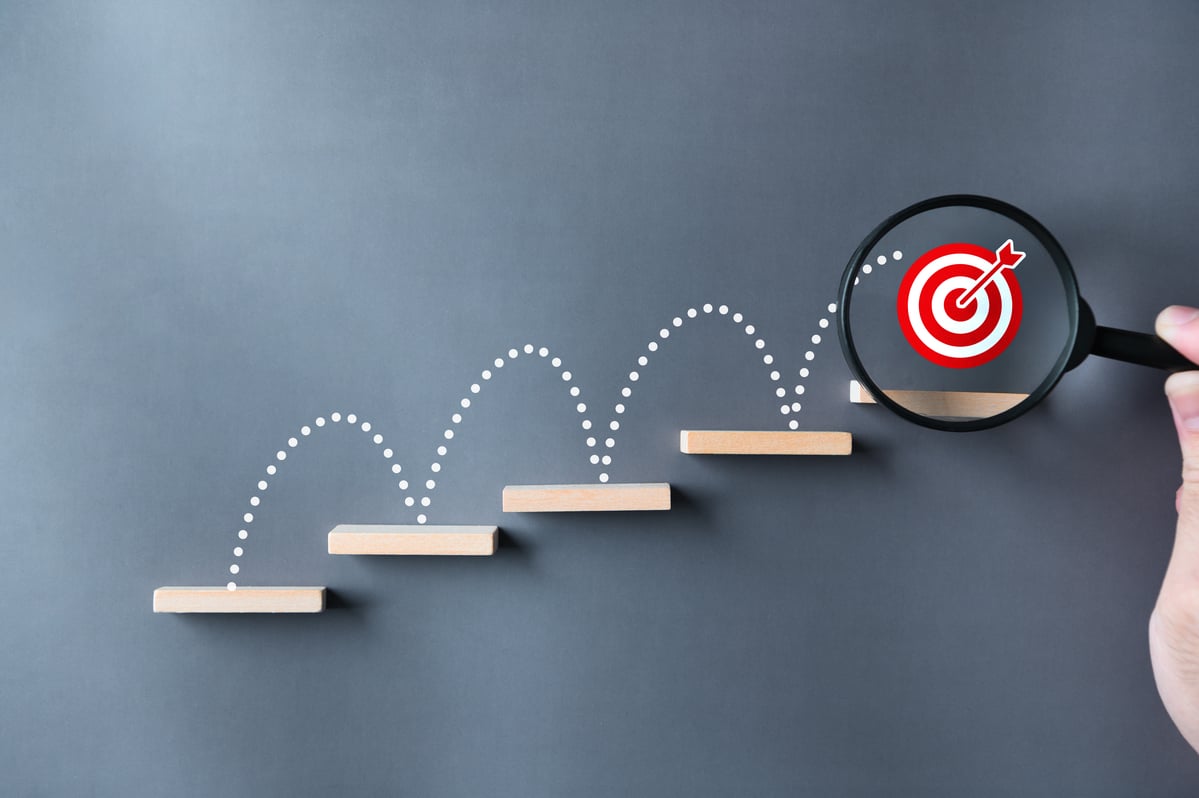Few companies have been hit as hard by the COVID-19 pandemic as Starbucks (SBUX 1.24%).
The java giant had to first shutter much of its store base in China, and then did the same in the U.S. and its other markets as the pandemic spread around the world. As a company that caters to office workers and other commuters who pick up a cup of joe on their way into work or during a break, Starbucks is directly threatened by the work-from-home trend, and its identity as a "third place" away from home and work where one can come to relax or catch up with a friend is also out of step with the current social distancing mores.
Financially, the pandemic has already put a serious dent in Starbucks' bank account. The company said that at the peak of the crisis in April it was losing $125 million a week in free cash flow, and the coffee chain now estimates that the coronavirus will cost it $3 billion to $3.2 billion in revenue in the third quarter, the April-June period, or close to half of its sales from the quarter a year ago. It also said on in an update on Tuesday that the pandemic would subtract $2 billion to $2.2 billion in operating income this quarter, leading to an adjusted per share loss of $0.55 to $0.70, compared to a $0.78 per share profit in the quarter a year ago. That was significantly worse than the $0.16 per-share loss that analysts had forecast.
Investors sent the stock down 4% on those numbers, which were worse than expected. However, the update also showed that Starbucks is quickly adapting its model to be able grow during the coronavirus era. Let's take a closer look.
Expanding Starbucks Pickup
Starbucks conceived its Pickup store concept two years ago, but prior to the pandemic it had planned to gradually roll out the new store format, which prioritizes convenient pickup over in-store seating, over the next three to five years. However, COVID-19 has changed those plans. Now the coffee chain plans on executing that strategy over the next 18 months, which includes repurposing current stores as Pickup locations, opening new ones nearby existing urban Starbucks, and closing up to 400 company-owned stores over the next 18 months.
Starbucks currently has two Pickup stores in North America -- one in New York, and one in Toronto. The model is intended to be used in dense, urban environments where a drive-thru won't work, and leverages Starbucks' Mobile Order and Pay and Rewards programs to provide customers fast, convenient service through curbside pickup or a walk-up window.
Management didn't say how many Pickup locations it plans to open, but the company is likely to add hundreds, if not thousands, of the new stores, as it noted that 80% of its orders in the U.S. are already "to-go." As small-format locations, they will likely have lower rents and be more efficient to operate, helping to boost operating margins.

Image source: Starbucks.
New store openings
Though the pandemic forced Starbucks to temporarily pause its new store openings, the company has quickly returned to expansion mode. In China, its most important growth market, Starbucks opened 57 net new stores in April and May, and plans to add at least 500 new locations this fiscal year. That growth is in line with its pre-COVID forecast, and comes in spite of the significant setback from the pandemic.
Like its Pickup locations in the U.S., Starbucks is expanding its Starbucks Now concept in China, which provides convenient pickup and delivery. The company opened eight of those stores in the last two months, and plans to expand the concept to Tier 2 cities in the coming months, a sign that Starbucks Now could help it more deeply penetrate China, where it already has more than 4,400 locations.
In the Americas, meanwhile, Starbucks dialed down its net new store openings for this year from 600 to 300 as it focuses on shifting its urban store base to the Pickup model. It said new store growth would be muted in fiscal 2021 as well, but expects to return to its targeted new store growth rate of 3% to 4% after that, or roughly 600 new locations a year.
A challenging time
There's no doubt that the pandemic and the sudden changes it's wrought upon the world are testing Starbucks, but the company is responding proactively and effectively and sales are recovering. Management now expects to deliver an adjusted per-share profit of $0.15 to $0.40 in the fourth quarter, the July-September period, a significant improvement over the current quarter.
More importantly, Starbucks' initiatives around its new Pickup stores, which leverage its Mobile Order and Pay and Rewards infrastructure, show its ability to adapt to a challenging situation and widen the gap between itself and competitors, including independent coffee shops. Such cafes don't have their own apps or digital rewards programs, and can't adapt to the crisis the way Starbucks is. Even compared to other national chains like Dunkin, Starbucks is more advanced with its digital technology, has a larger base of Rewards members, and doesn't rely on franchisees to run its stores -- small businesses like franchises have been more severely threatened by the pandemic than large corporations like Starbucks.
What that means is that Starbucks should emerge from the pandemic, whenever it ends, in an even more dominant position, despite the billions of dollars of losses the company has had to suffer from store closings and a temporary loss of customers. The recovery won't be easy, but Starbucks is making it happen, and its aggressive store expansion in China and the rollout of Pickup stores in the U.S. show the company remains squarely focused on smart, steady growth.
Though the next few quarters may be ugly, investors shouldn't doubt the company's ability to overcome the pandemic and return to record levels of performance.






